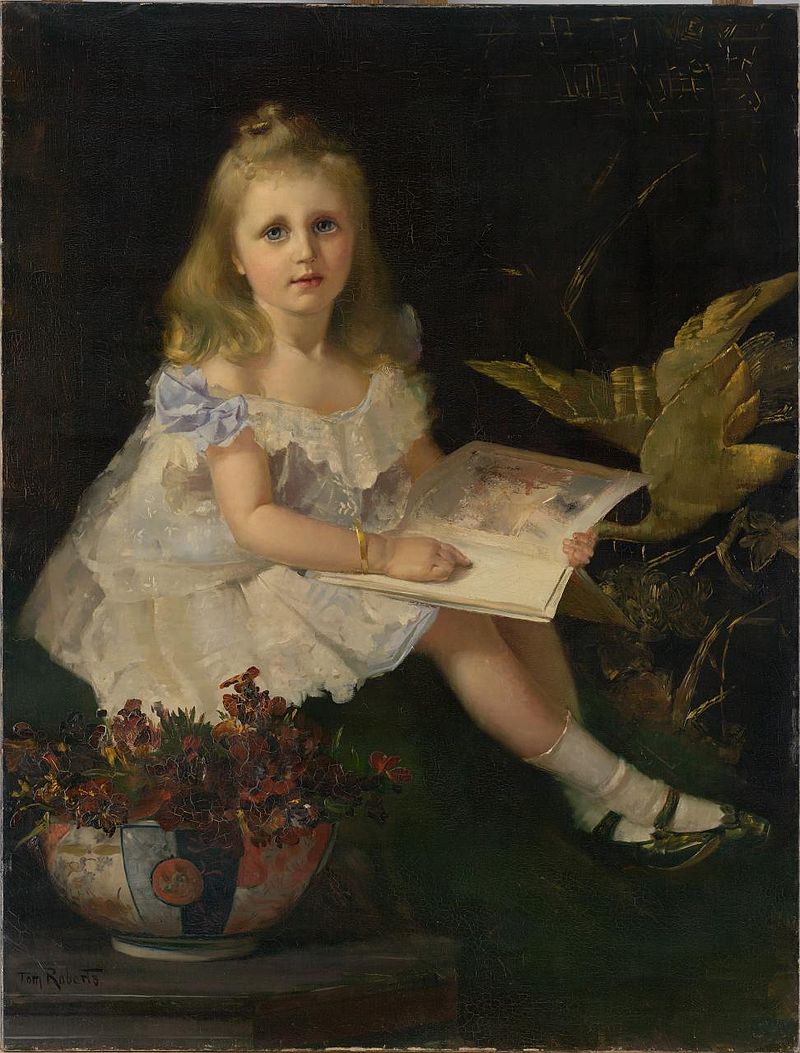This week it is impossible not to contemplate the ways in which France has touched many Australian lives, and Paris in particular continues to charm and inspire us - as it has for more than two centuries: one of only a handful of principal seats of western civilisation: art, music, letters.
Happily, it has been a two-way street. One thinks especially of Louise Berta Mosson Hanson Dyer (1884-1962), the talented musician, patron of music and musical publisher, who, with her husband the linoleum magnate James Dyer, settled permanently in Paris soon after 1927. There she established her musical publishing firm, and named it in honour of her homeland: Éditions de l’Oiseau-Lyre. The first project Louise Dyer undertook was to create a scholarly edition of the entire musical corpus of François Couperin (1668-1733), whose bicentenary was rapidly approaching. When they appeared on schedule in 1933, the full run of twelve volumes created a sensation - for they reintroduced to musicians and the French public alike an important body of music that had long existed only in manuscript form or else in moribund nineteenth-century editions; reintroduced them, moreover, at a level of meticulousness, accuracy, and beauty of production that set new standards for musical publishing everywhere.
Louise Dyer presented the first copy to the President of the Republic (Albert Lebrun). The second to the State Library of Victoria in the city of her birth. Louise Hanson Dyer was made a chevalier of the Légion d’Honneur in 1934, and promoted officier in 1957, by which time Éditions de l’Oiseau-Lyre had produced many volumes of rare music, and had, importantly, branched into classical music recording. Louise Dyer recorded for the first time Monteverdi’s Vespers, as well as the operas of Handel, the stage works of Purcell, and many modern works by Schönberg, Milhaud, Stravinsky and Peggy Glanville-Hicks. Louise Hanson Dyer remained an Australian citizen, but made a huge contribution to the musical culture of France, and of Europe more generally.














